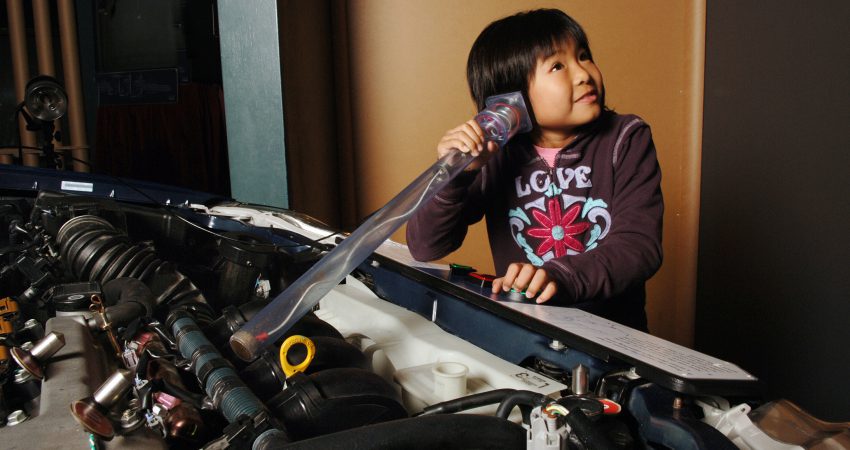
By Suzanne Perin - March 2011
PAPER CITATION
Fortus, D. (2009). The importance of learning to make assumptions. Science Education, 93 (1), 86–108.
In this paper, the authors discuss how transitioning from textbook-style problems to "real-world" physics problem-solving requires learners to set limiting assumptions. In textbook-style questions, these assumptions aren't necessary because all the numerical values are provided by the textbook. However, in real-world challenges, this is often not the case. The paper has implications for educators who are thinking about how to use real-world problems in their work. Setting limiting assumptions to solve a problem is not a usual step when solving textbook-style problems, so students may need help becoming comfortable with making such decisions.
In this study, eight physicists with varying levels of advanced training (graduate school, post-doctoral, and professors) were posed four questions related to Newtonian mechanics and asked to think aloud while working out the solutions. They were subsequently interviewed about their thinking and solution process. In the study, four questions were posed to the participants. Three questions included all the information necessary to figure out the answer, similar to standard textbook-based questions, However, the fourth question posed a problem lacking some of the information needed to solve it, so that the study participant had to make subjective assumptions to solve the problem, which in this case included estimations of numerical values of variables. In this question, the challenge was to estimate the force of rain falling on an open umbrella, a key consideration in the design of an ultralight umbrella.
The more advanced physicists easily made assumptions about the information they did not know but would need in order to determine an answer, but the students were not comfortable: "I don't like this question because there are too many things I have to guess." Another student said he had not seen questions of this sort and that only a cruel professor would give them. The physicists also were varied in the nature of their approach—not everyone used the same strategies or gave the same solution—because this was not a "known-answer" problem, as in a textbook. The findings show that only the physicists who had experience working with real-world problems made the assumptions needed to address the question. They also felt more comfortable about the process—by contrast with those who were less experienced, who showed they were uncertain by their long periods of silence, who addressed the problem using a nonlinear approach, and who in their interviews stated that they did not know how to obtain the missing information.
The author makes clear that there are many other types of physics problems, and those used in this study were of only one type of domain knowledge. Other ill-defined, real-world problems may not be as difficult to solve.




